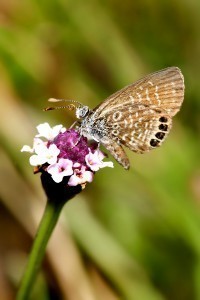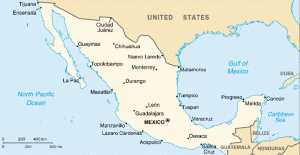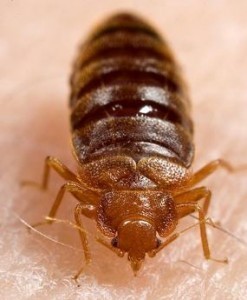How Small is the Smallest Butterfly?
One of the highly interesting insects because of its color, shape and other beautiful features,  the butterfly belongs to the order Lepidoptera. Its lifecycle is comprised of four stages, namely the egg, the larva, the pupa as well as the adult. Based on research, it exhibits aposematism, mimicry and polymorphism. Furthermore, it is said to have parasitic and symbiotic relationships with different kinds of social insects like ants. Aside from these interesting facts and information, it is also nice to know the size of the smallest butterfly.
the butterfly belongs to the order Lepidoptera. Its lifecycle is comprised of four stages, namely the egg, the larva, the pupa as well as the adult. Based on research, it exhibits aposematism, mimicry and polymorphism. Furthermore, it is said to have parasitic and symbiotic relationships with different kinds of social insects like ants. Aside from these interesting facts and information, it is also nice to know the size of the smallest butterfly.
The Size of the Smallest Butterfly
How small is the smallest butterfly? Scientifically known as Brephidium exilis, the western pygmy blue is the smallest butterfly worldwide. It has a wingspan measuring only 1.2 to 2 centimeters or ½ to ¾ inch. Its wingspread is measured at about ½ inch only. It belongs to the family Lycaenidae or the gossamer-wing butterflies, under the subfamily polyommatinae.
Additional Facts and Other Important Details
Aside from its significantly small size, the western pygmy blue is also known for its copper brown color on the upper side and its dull bluish color at the bases of its wings. Near the base, you can find three small black spots. The outer margin is made up of black spots as well. In the north, this insect takes flight from July to September. In South Texas, it takes flight all year long.
As a caterpillar, it lives in different kinds of hosts including the atriplex or saltbush species and the Chenopodium album or pigweed. Furthermore, it also lives in the goosefoot family or Chenopodiaceae. These butterflies feed on flower nectar as adults. They use to live in alkaline areas like wastelands, salt marshes as well as deserts.
This kind of butterfly is common in the western parts of Texas, central New Mexico and central Arizona. In addition, it can also be found in southern Nevada and central California. You can also find it in other places such as Venezuela, Mexico and southern California. At some point in time, this butterfly species usually migrates to faraway areas like Oregon, Nebraska and Arkansas.
Just like other species of butterflies, the western pygmy blue has its own way of defending itself from environmental factors, diseases and predators. Equipped with toxic substances, they can protect themselves from the threat posed by herbivores. Likewise, they make use of eyespots, behavioral defenses as well as cryptic coloration to save themselves from possible harm and danger. Aside from flowers, they also get nourishment from dung, rotting fruits and tree saps.





